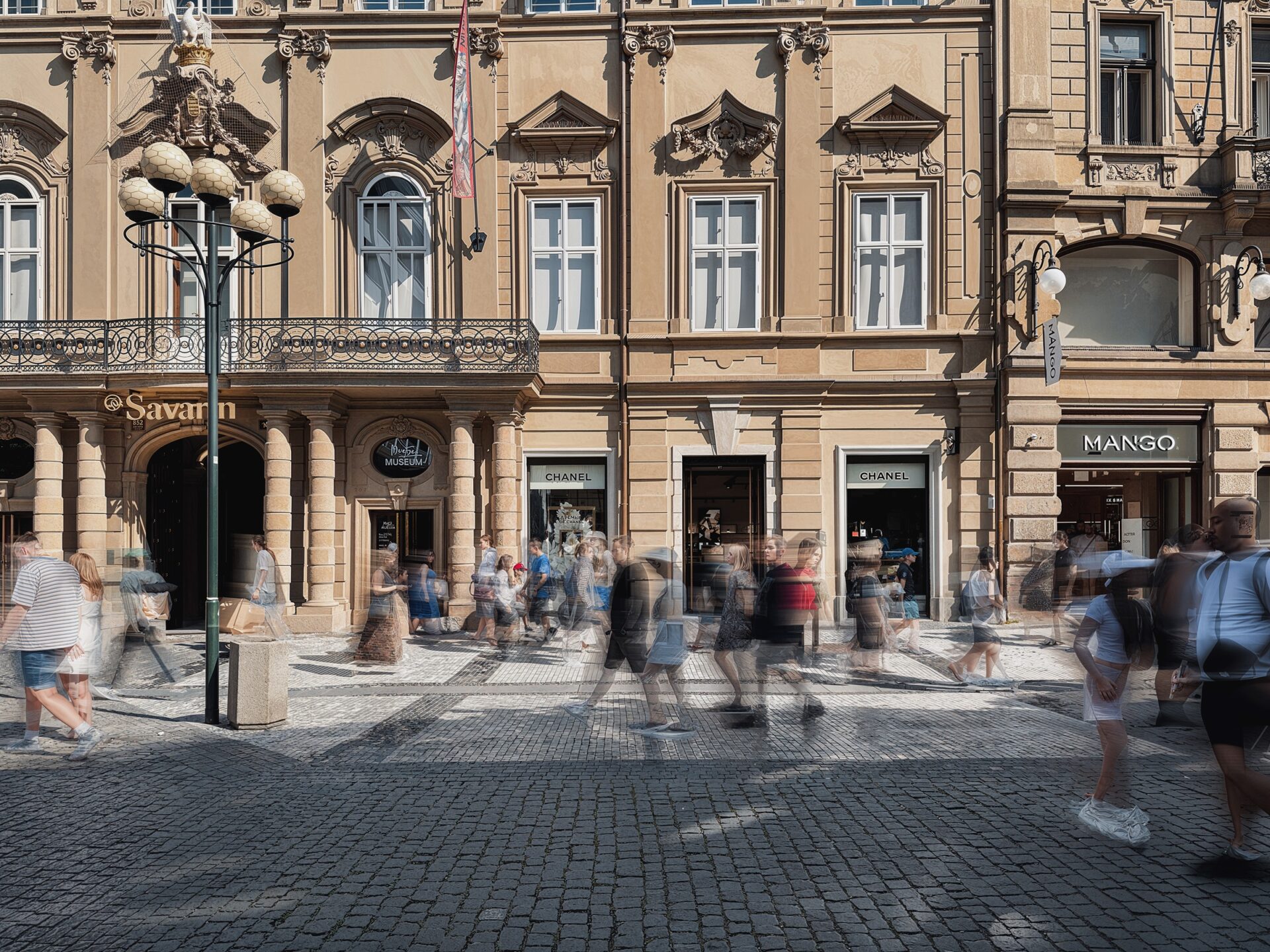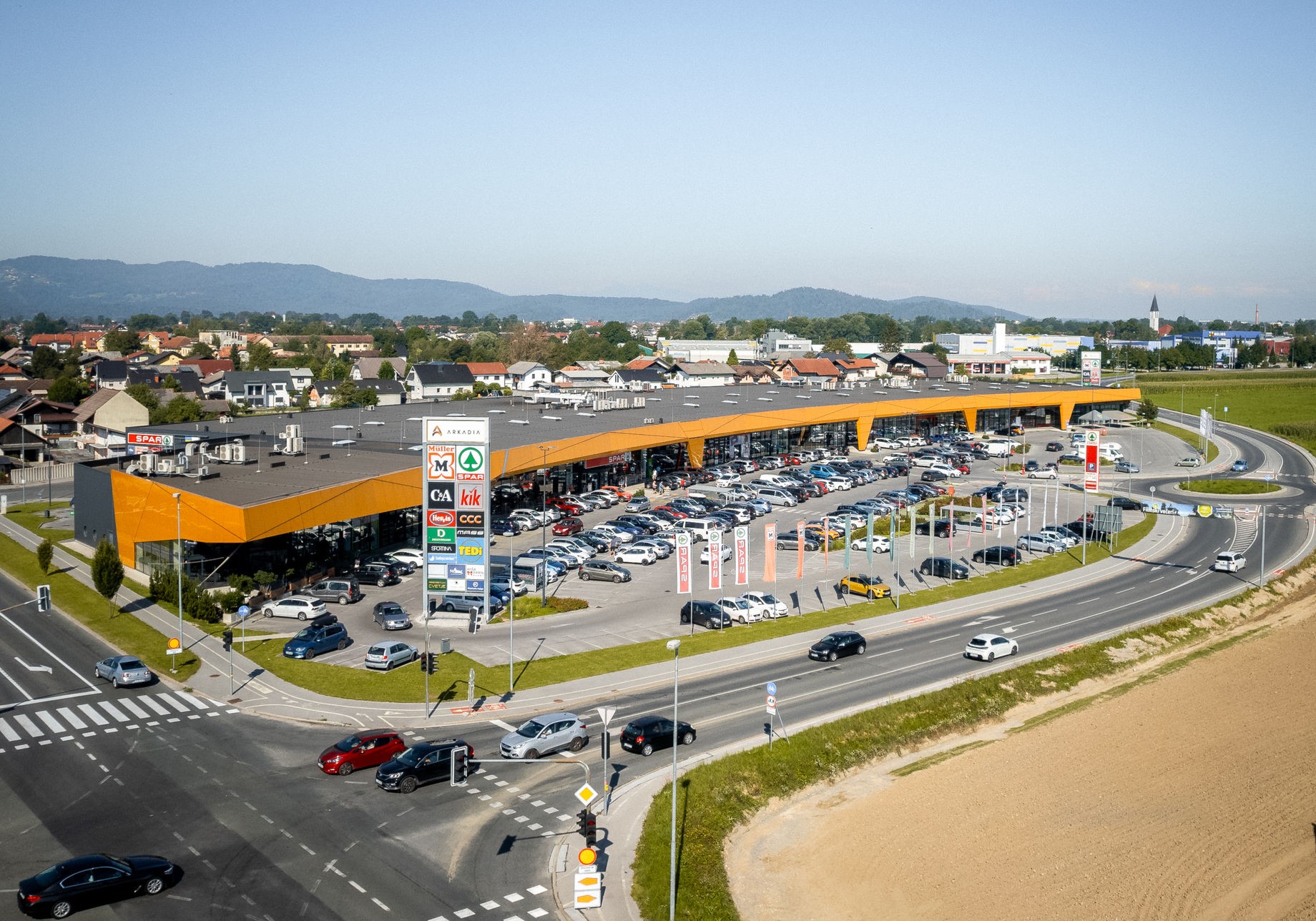The Polish Retail Research Forum (PRRF) has prepared a summary of the retail market in Poland in mid-2017. The market data is prepared by a team of analysts and includes modern retail stock, especially newly delivered schemes, projects under construction and level of vacant retail space in cities of over 150,000 inhabitants.
At the end of June 2017, total modern retail stock in Poland (including traditional shopping centres, retail parks, strip malls and outlet centres) amounted to 11.2 million sqm of GLA within 480 retail projects.
The Warsaw agglomeration and the Silesia Agglomeration remain the largest retail markets in Poland with 1.5 million sqm of GLA and 1.15 million sqm of GLA respectively. The Szczecin agglomeration offers only 282,000 sqm of GLA amongst the eight largest retail markets.
In H1 2017, only less than 30,000 sqm of GLA was delivered in Poland. The space included both new schemes (e.g. Tarasy Grabiszyńskie in Wrocław) and extensions of existing projects (e.g. Auchan in Gdańsk or Białystok, and Outlet Park in Szczecin). Worth mentioning is the first outlet centre located in the city centre opened in Rzeszów. Outlet Graffica was transformed from the Galeria Graffica.
Around 730,000 sqm of GLA was identified under construction at the end of June 2017. Nearly half of the volume is expected to be delivered in H2 2017 and includes large-scale projects in the major agglomerations, e.g. Galeria Północna in Warsaw (64,000 sqm of GLA), Wroclavia in Wrocław (64,000 sqm of GLA), IKEA in Lublin (57,500 sqm of GLA) and Serenada in Kraków (42,000 sqm of GLA).
Apart from new schemes, the volume of space under construction includes extensions of existing projects. In mid-2017, they accounted for some 10 percent of the total retail space being built, within e.g. extensions of Galaxy Szczecin by 17,000 sqm of GLA or Centrum Handlowe Janki by 21,000 sqm of GLA.
The vacancy rate for the largest 18 retail markets in Poland amounted to 4.1 percent at the end of June 2017 (an increase from 3.5 percent at the end of 2016). Closed DIY stores of Praktiker have impacted the most the level of vacant space in H1 2017. By June 2017, only some of the space had been leased to other operators and, consequently, these cities registered a decrease in vacancy rates (e.g. Poznań and Wrocław). Progressive absorption by other grocery tenants of retail space formerly occupied by Alma delicatessen has limited potentially a high increase in the vacancy rate.
The highest level of vacant space amongst the major agglomerations was registered in Katowice (5.9 percent) and in Kraków (5.3 percent). These were also cities where the rates increased the most. The lowest vacancy rates were noted in Warsaw (2.8 percent) and Tricity (3.1 percent).
Amongst the seven retail markets of population within 199,000 – 399,000 inhabitants, the highest level of vacant space was identified in Radom (10.9 percent) and Częstochowa (6.9 percent), and the lowest – in Kielce and Toruń (2.6 percent each).
In three cities with 150,000 – 200,000 inhabitants, the vacancy rates remained at relatively stable levels of between 1.3 percent in Bielsko-Biała and 1.9 percent in Rzeszów.







